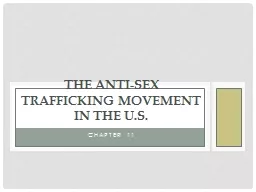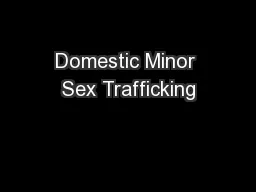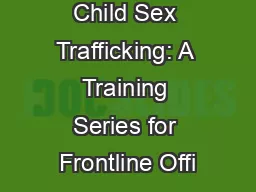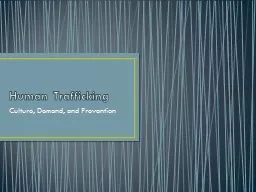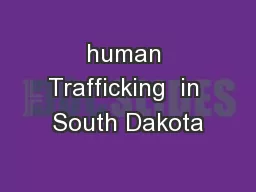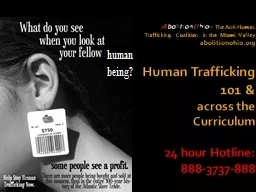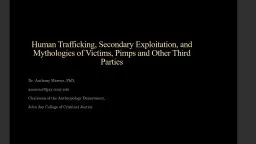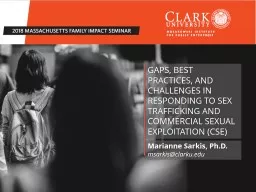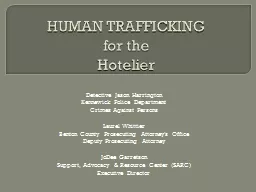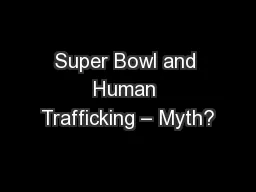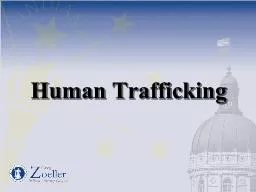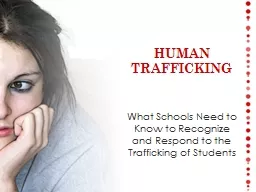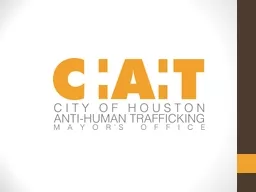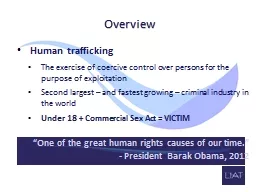PPT-Chapter 11 THE ANTI-SEX TRAFFICKING
Author : faustina-dinatale | Published Date : 2018-12-15
MOVEMENT In the US The Roots of Antitrafficking Activism in the United States Based on a Recognized Need Legal and Social Service Providers and Survivors Grassroots
Presentation Embed Code
Download Presentation
Download Presentation The PPT/PDF document "Chapter 11 THE ANTI-SEX TRAFFICKING" is the property of its rightful owner. Permission is granted to download and print the materials on this website for personal, non-commercial use only, and to display it on your personal computer provided you do not modify the materials and that you retain all copyright notices contained in the materials. By downloading content from our website, you accept the terms of this agreement.
Chapter 11 THE ANTI-SEX TRAFFICKING: Transcript
Download Rules Of Document
"Chapter 11 THE ANTI-SEX TRAFFICKING"The content belongs to its owner. You may download and print it for personal use, without modification, and keep all copyright notices. By downloading, you agree to these terms.
Related Documents

